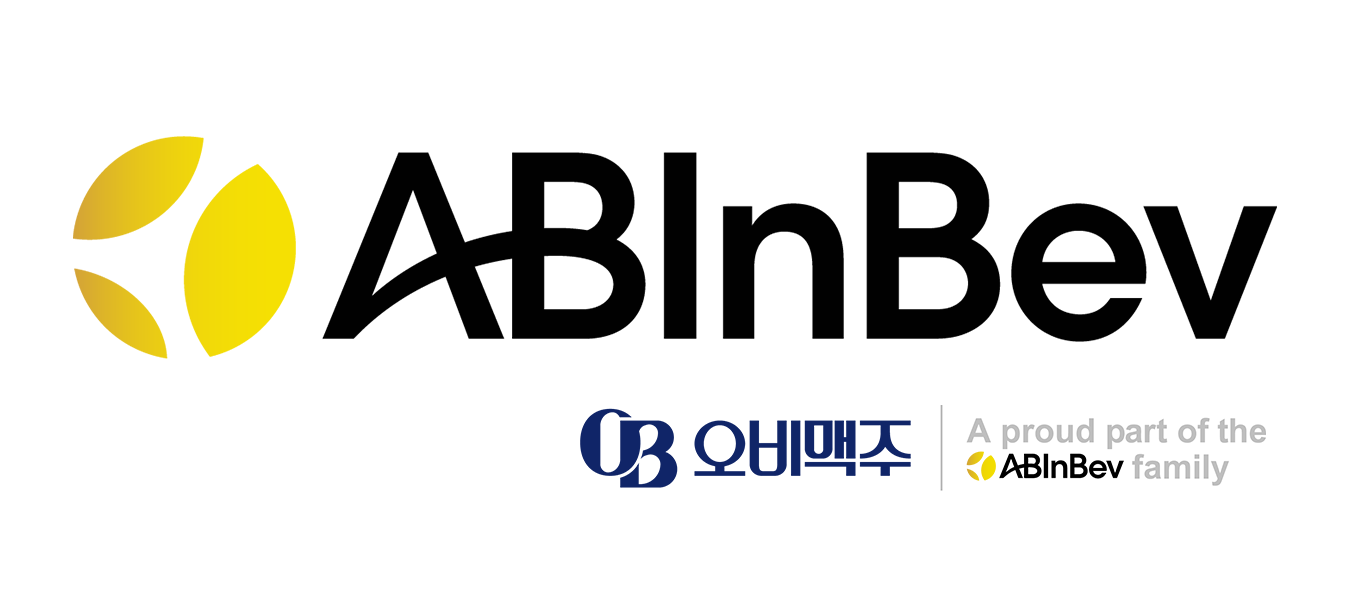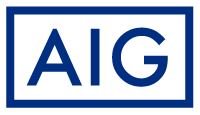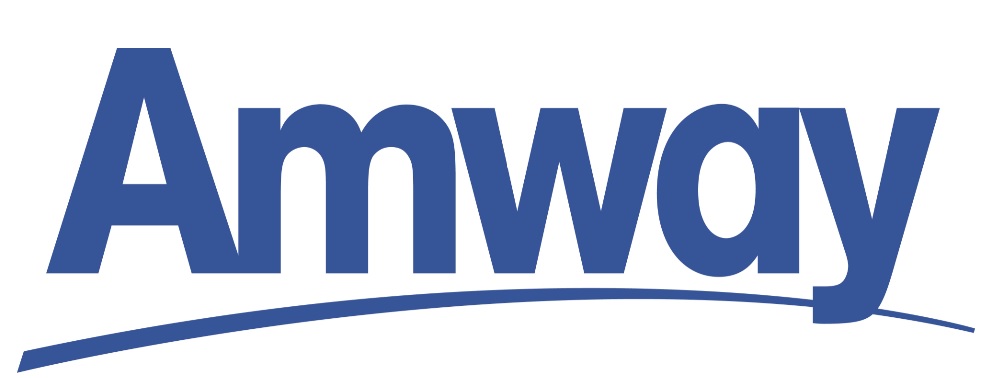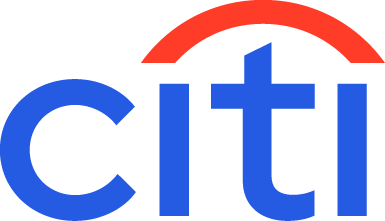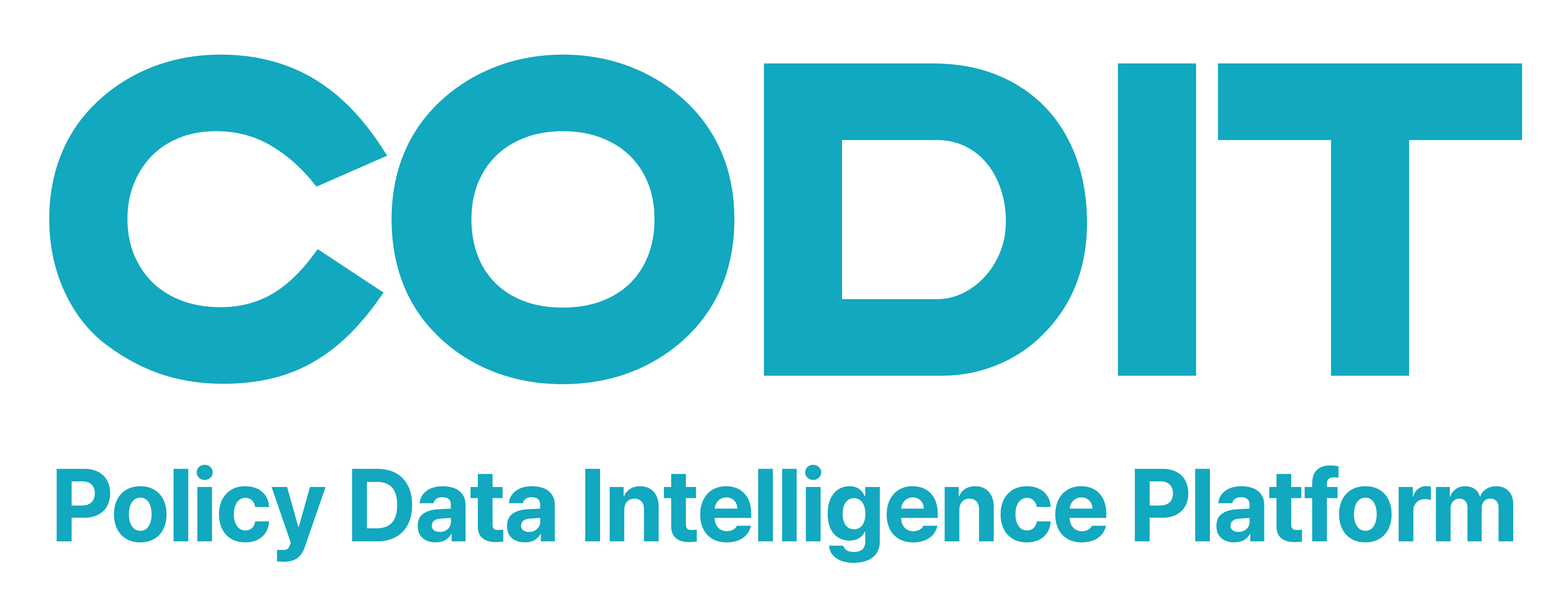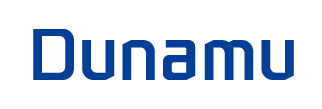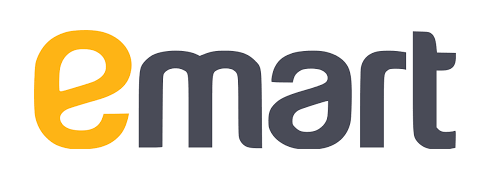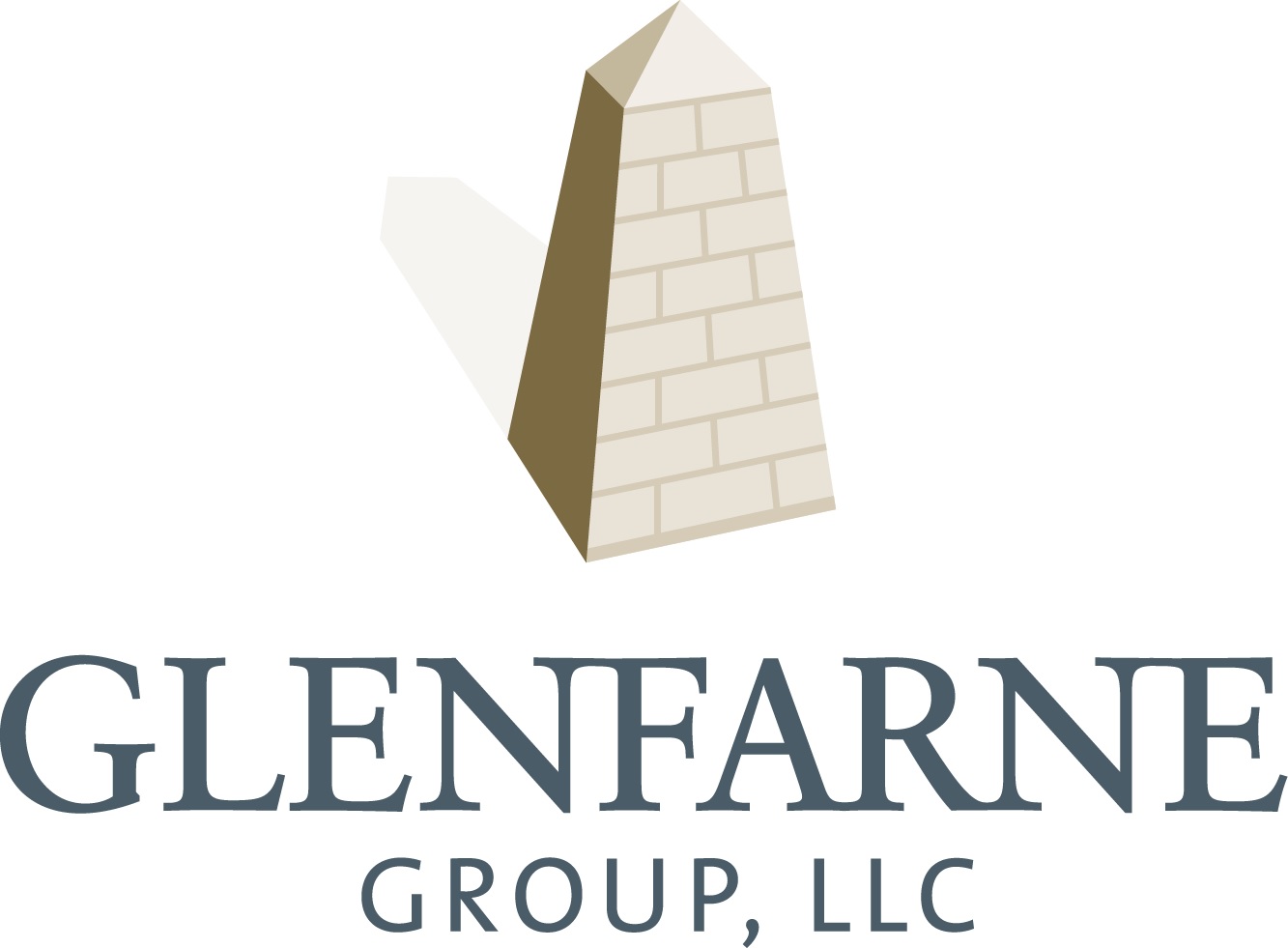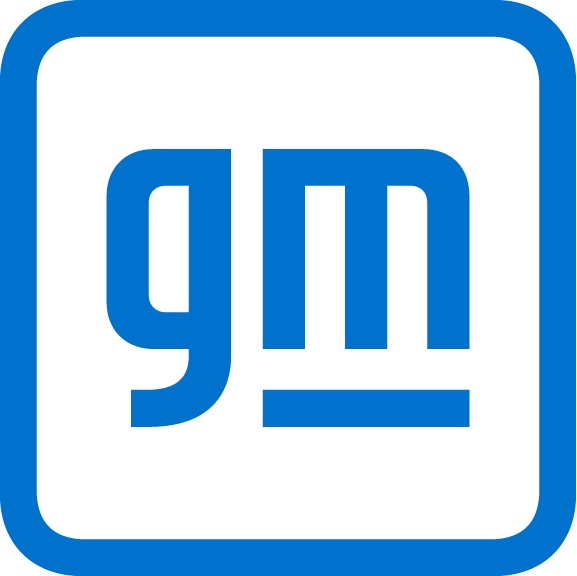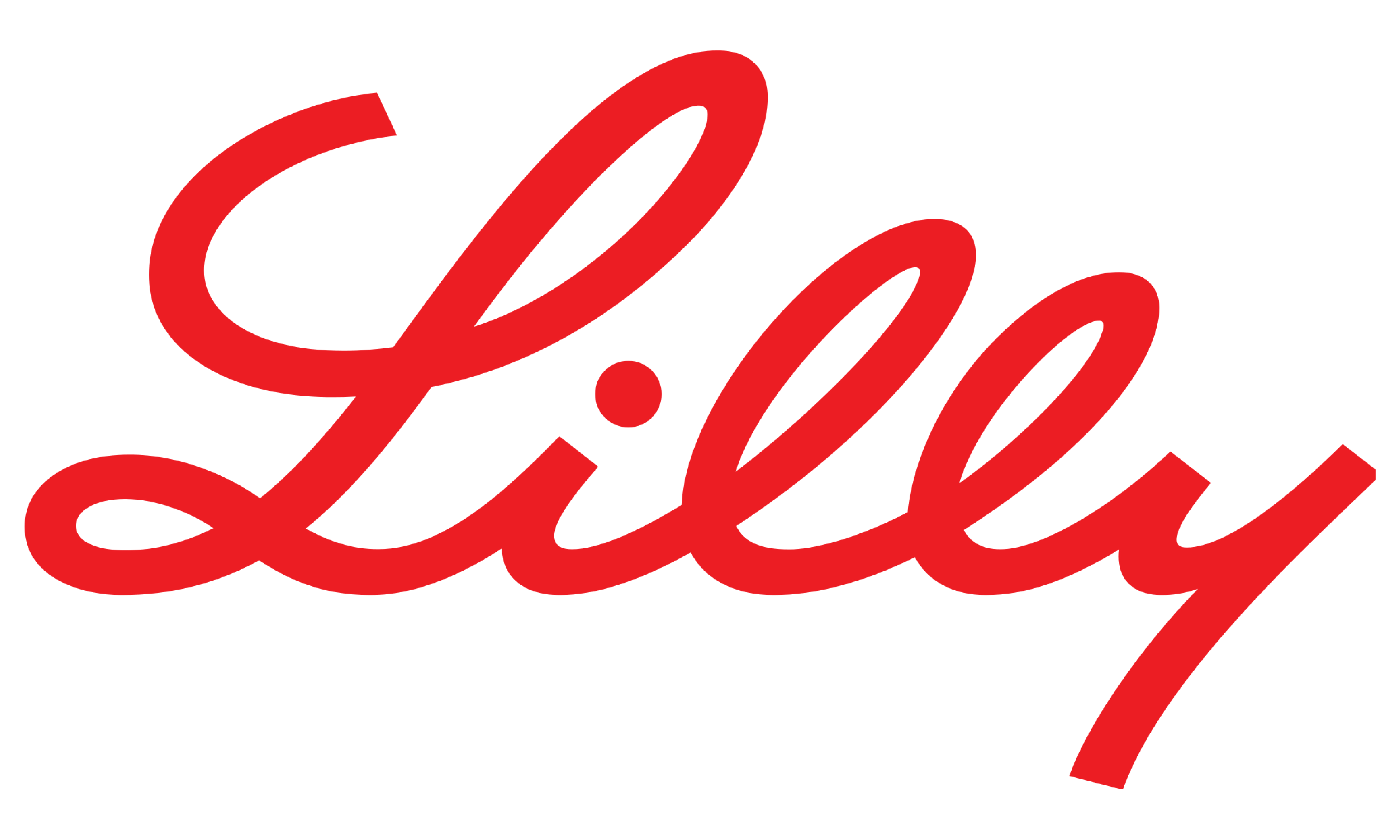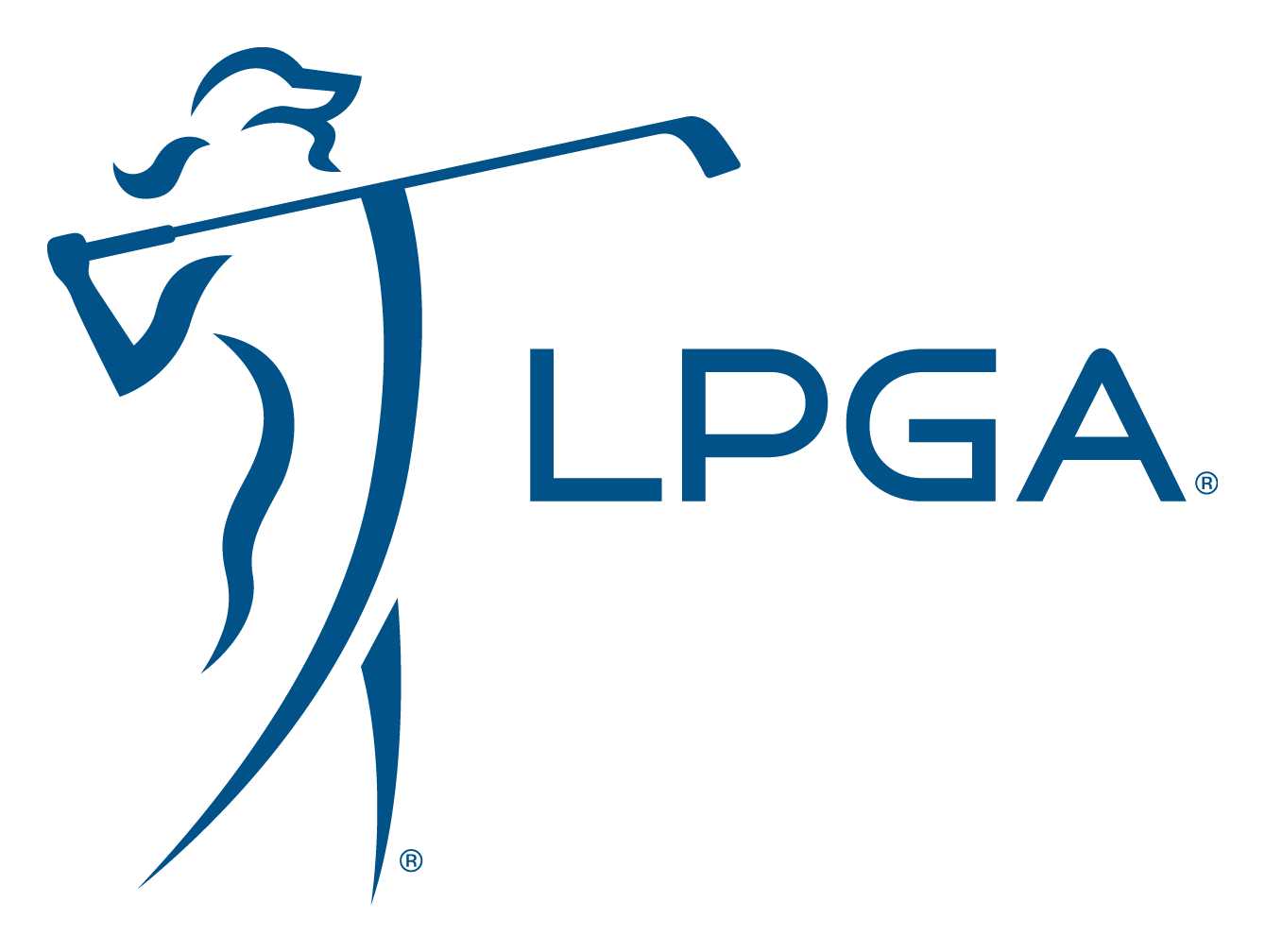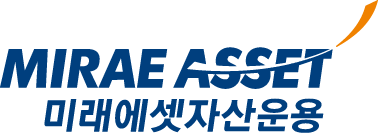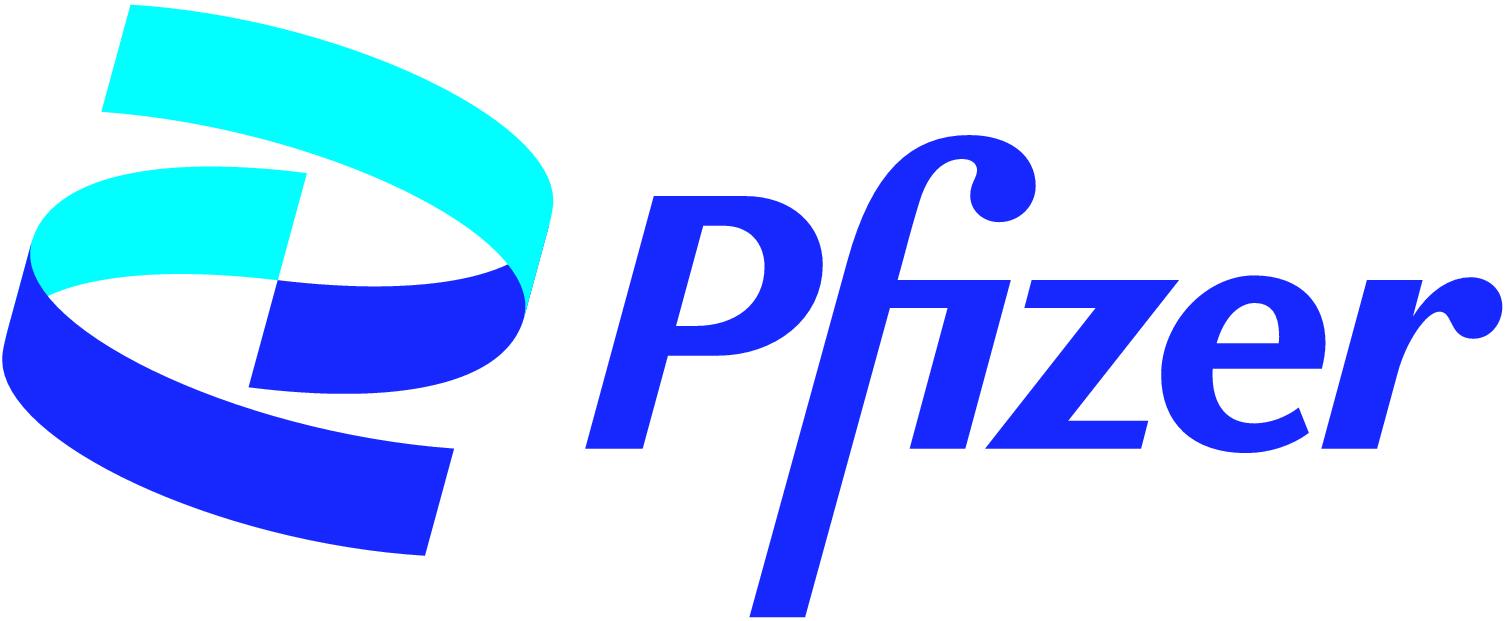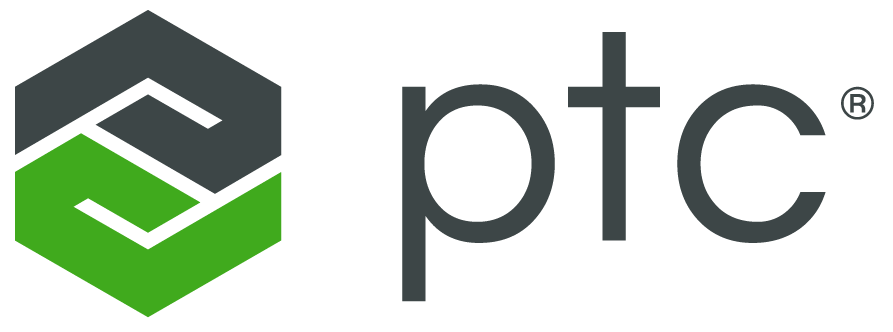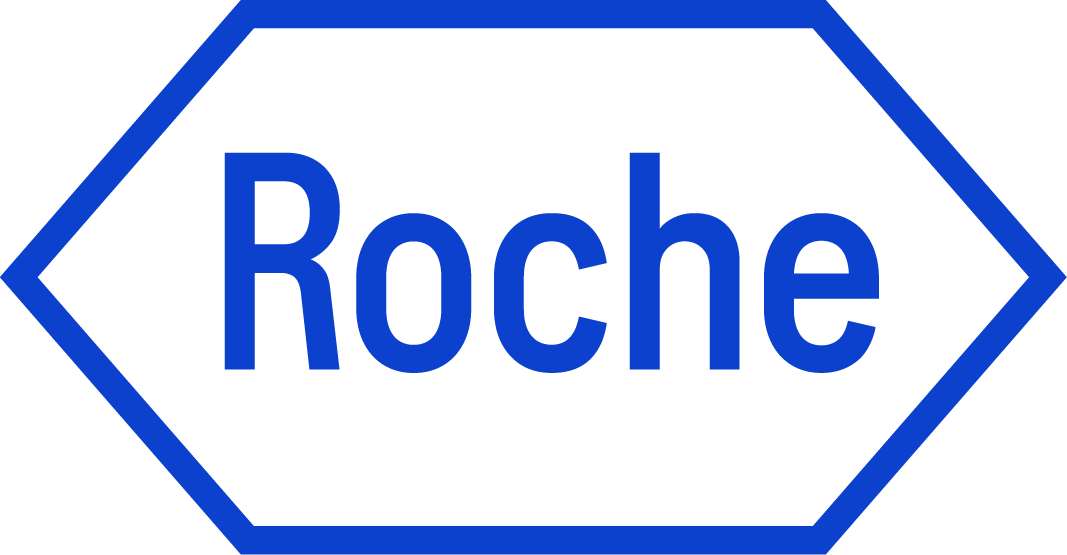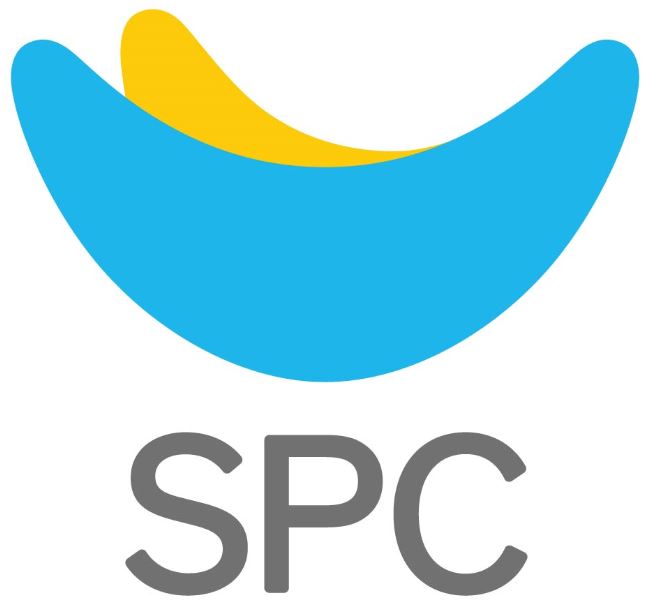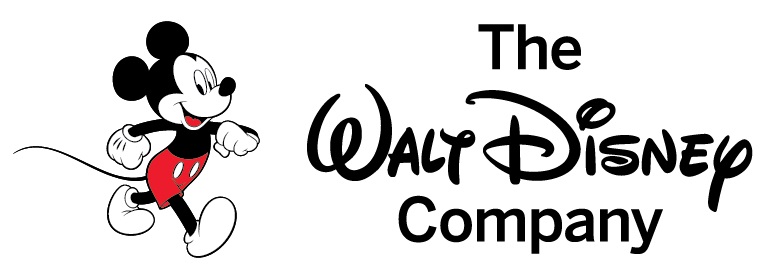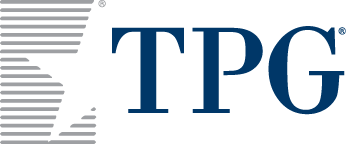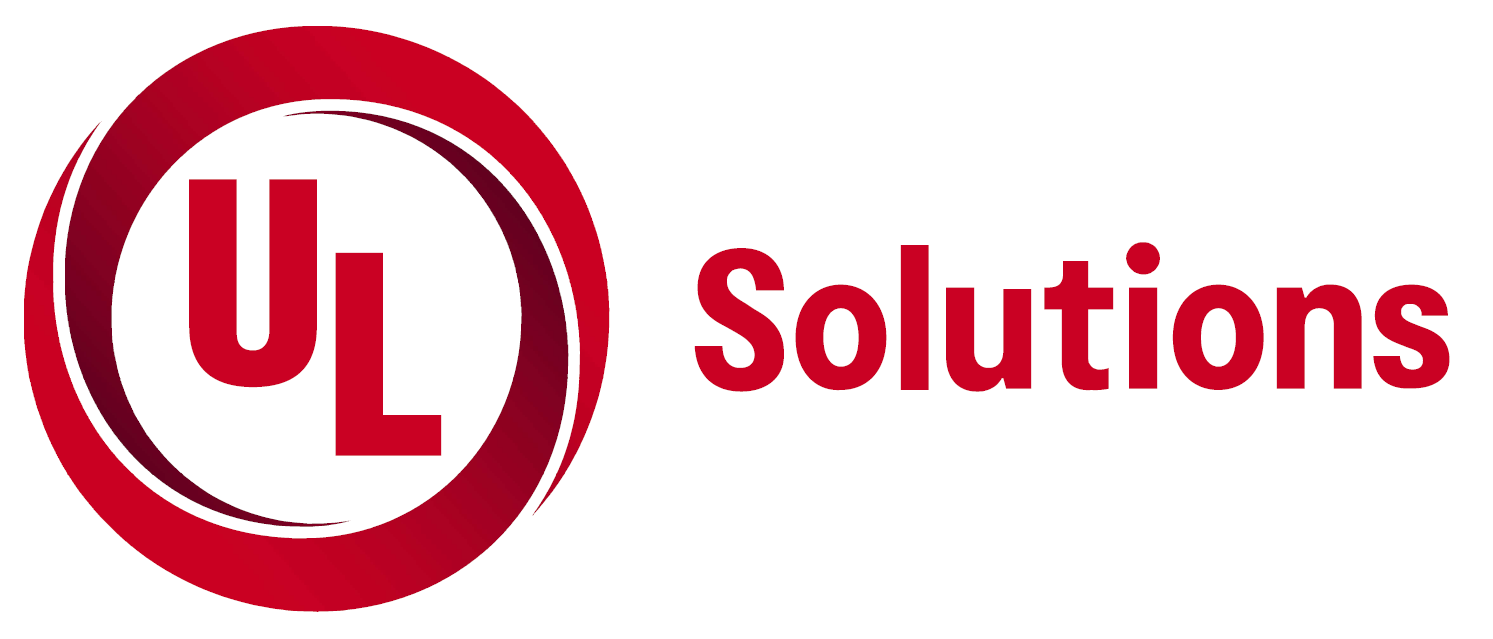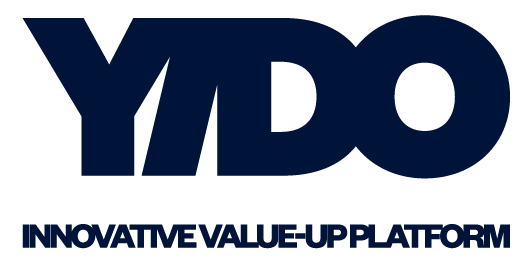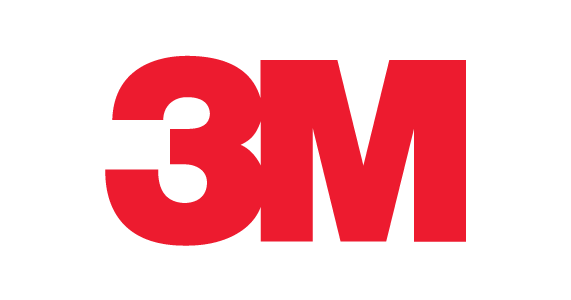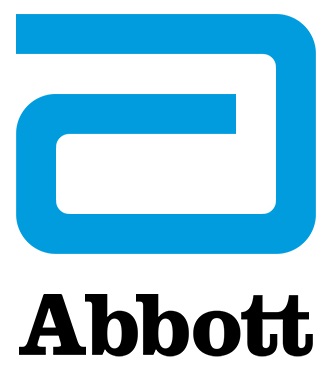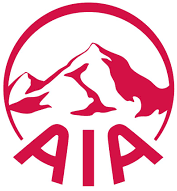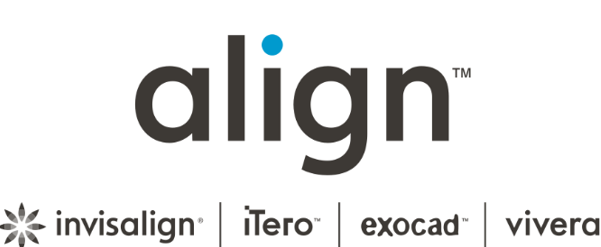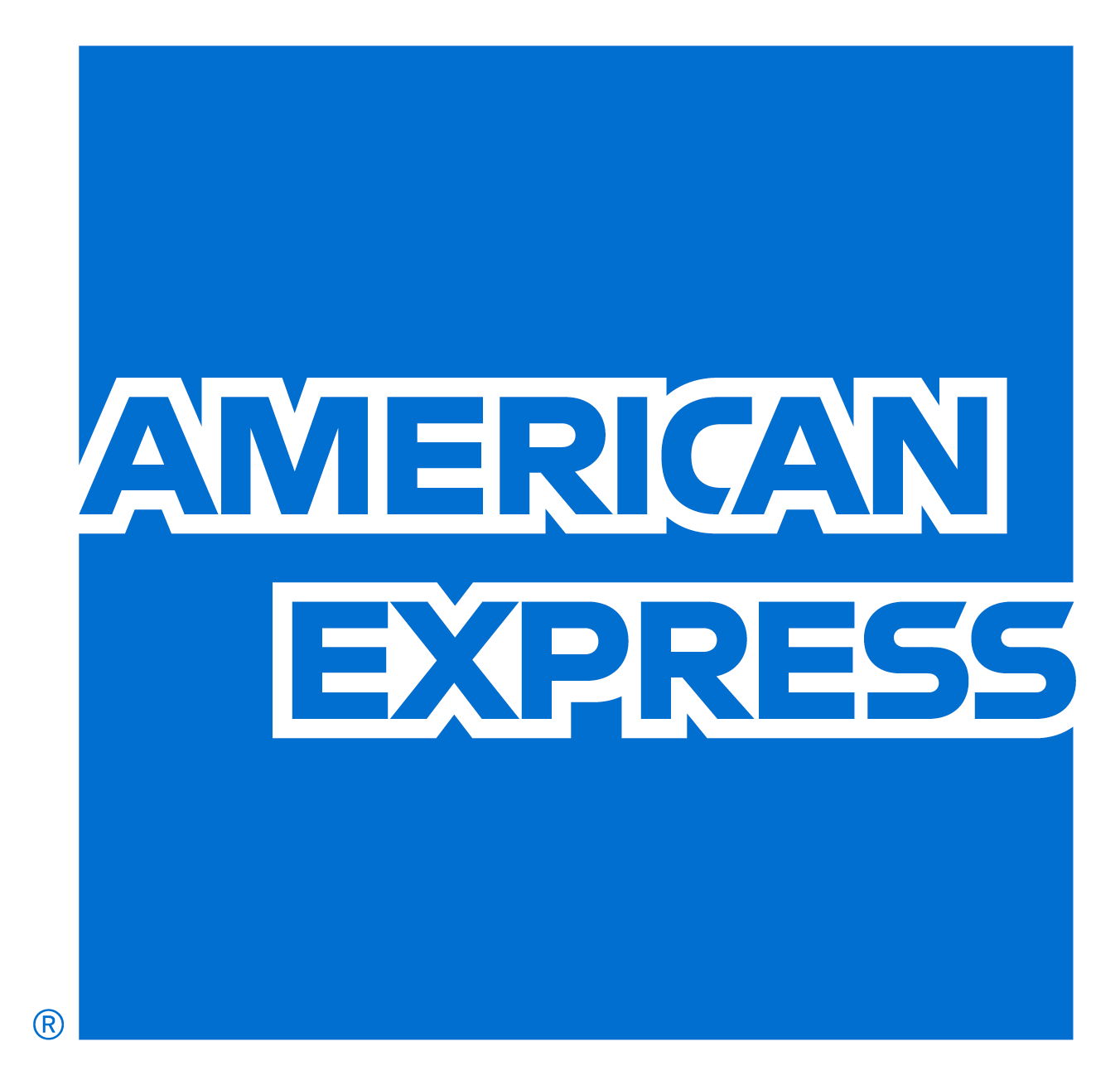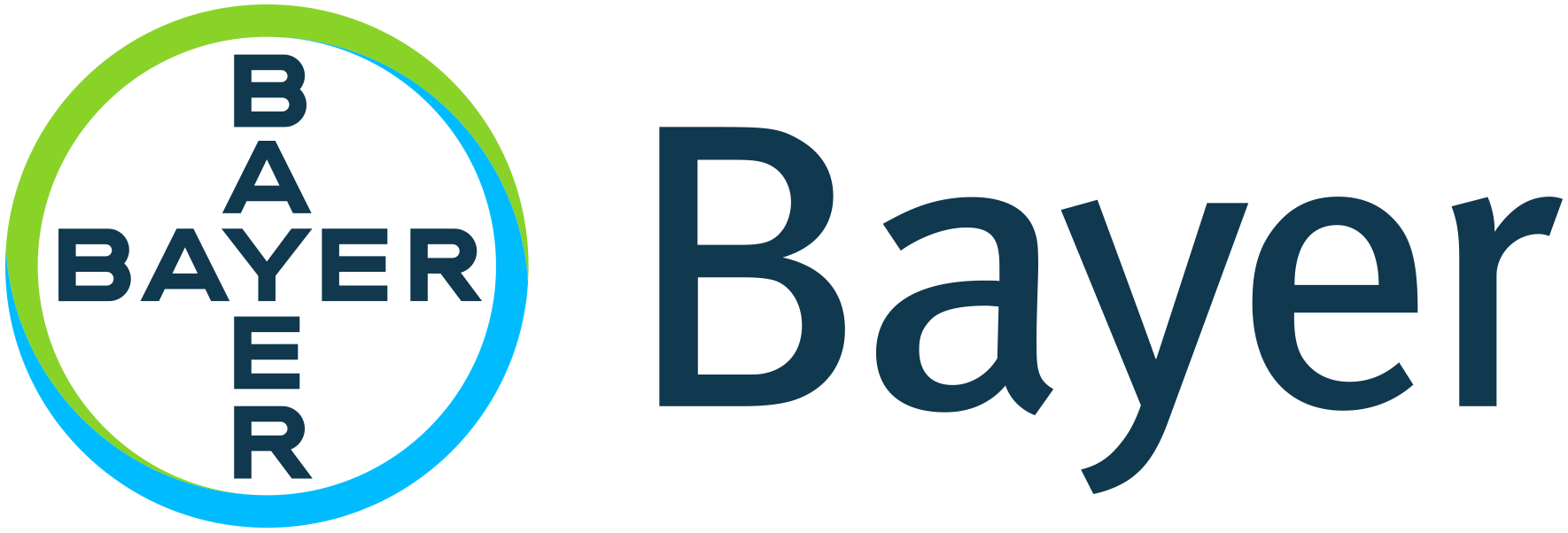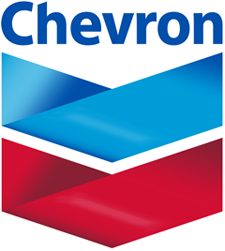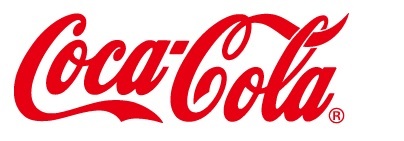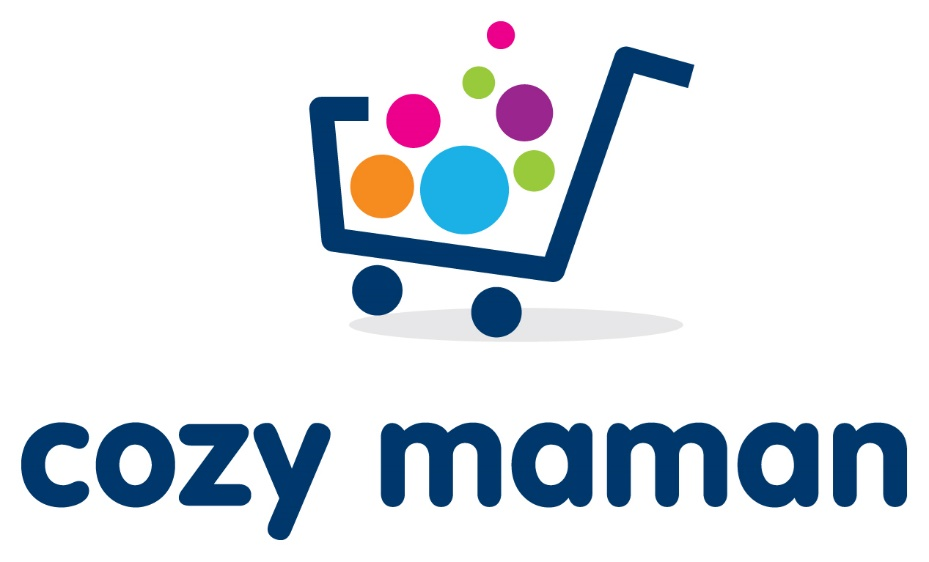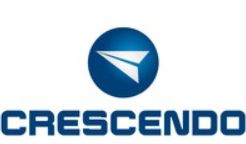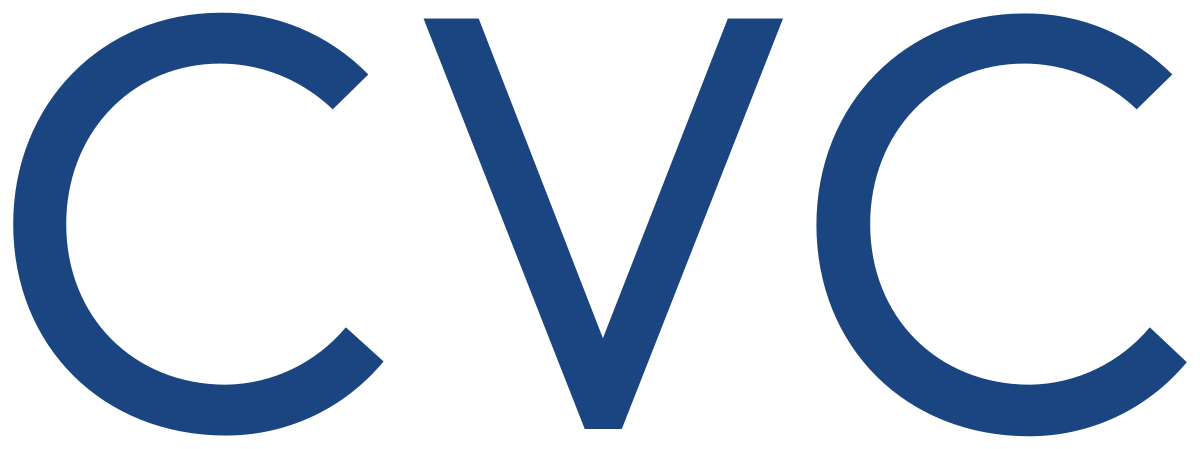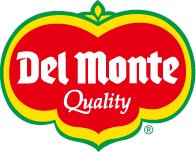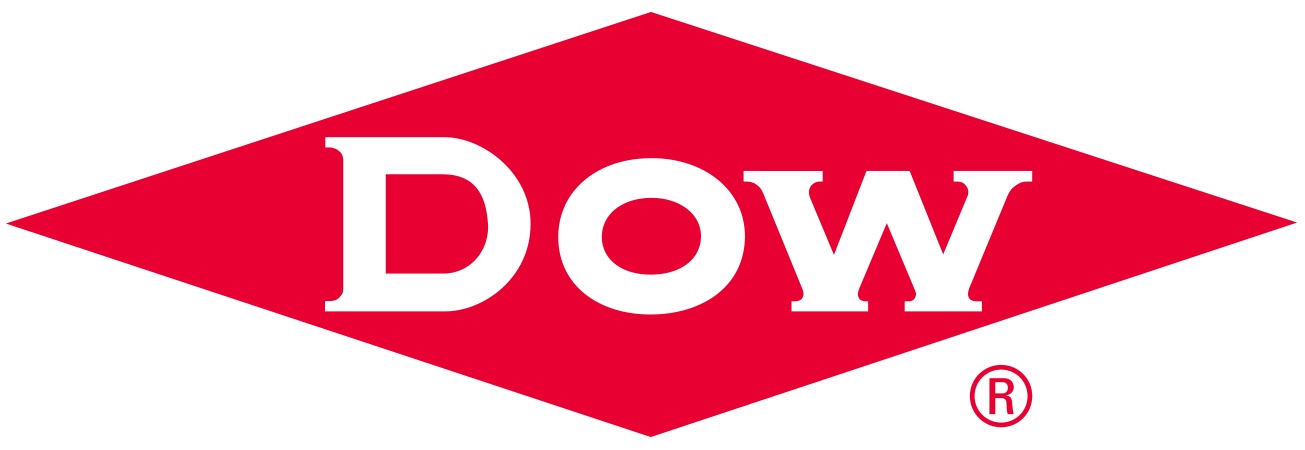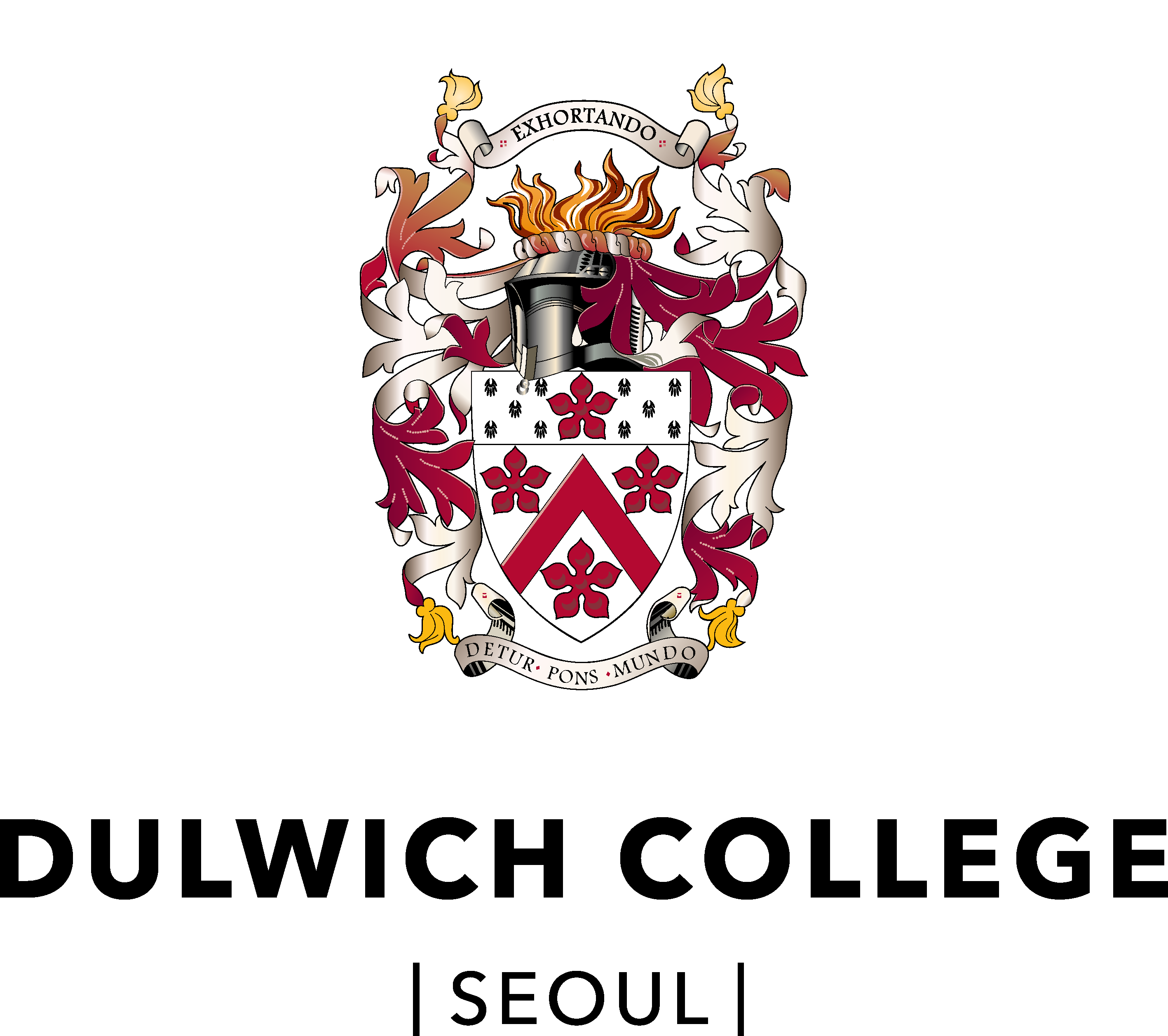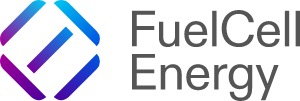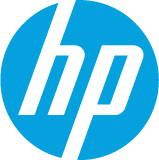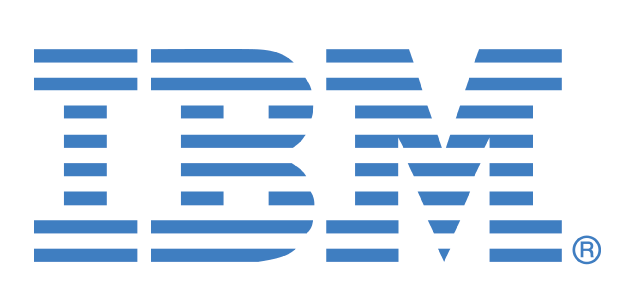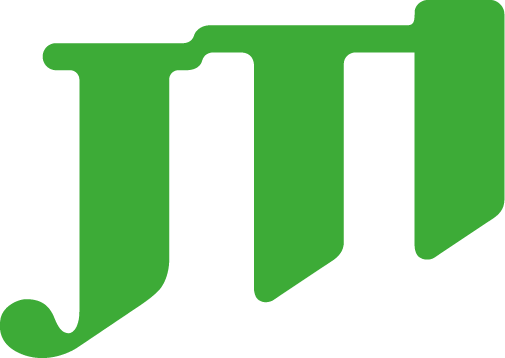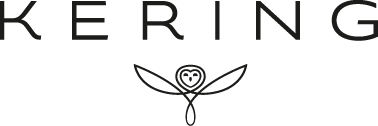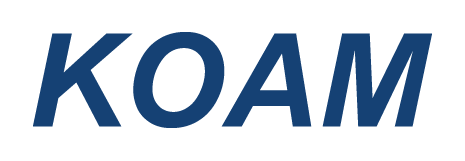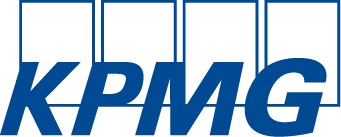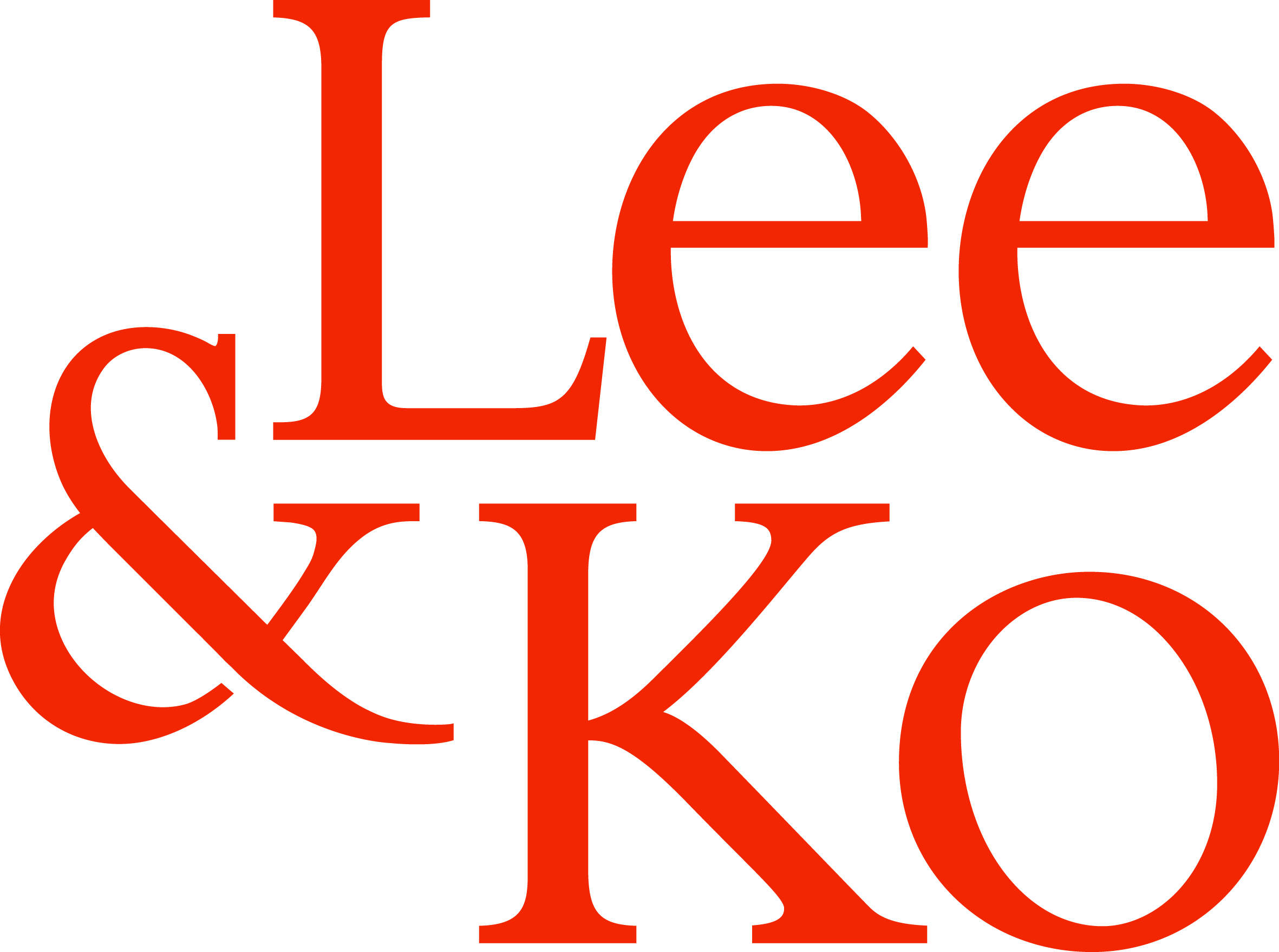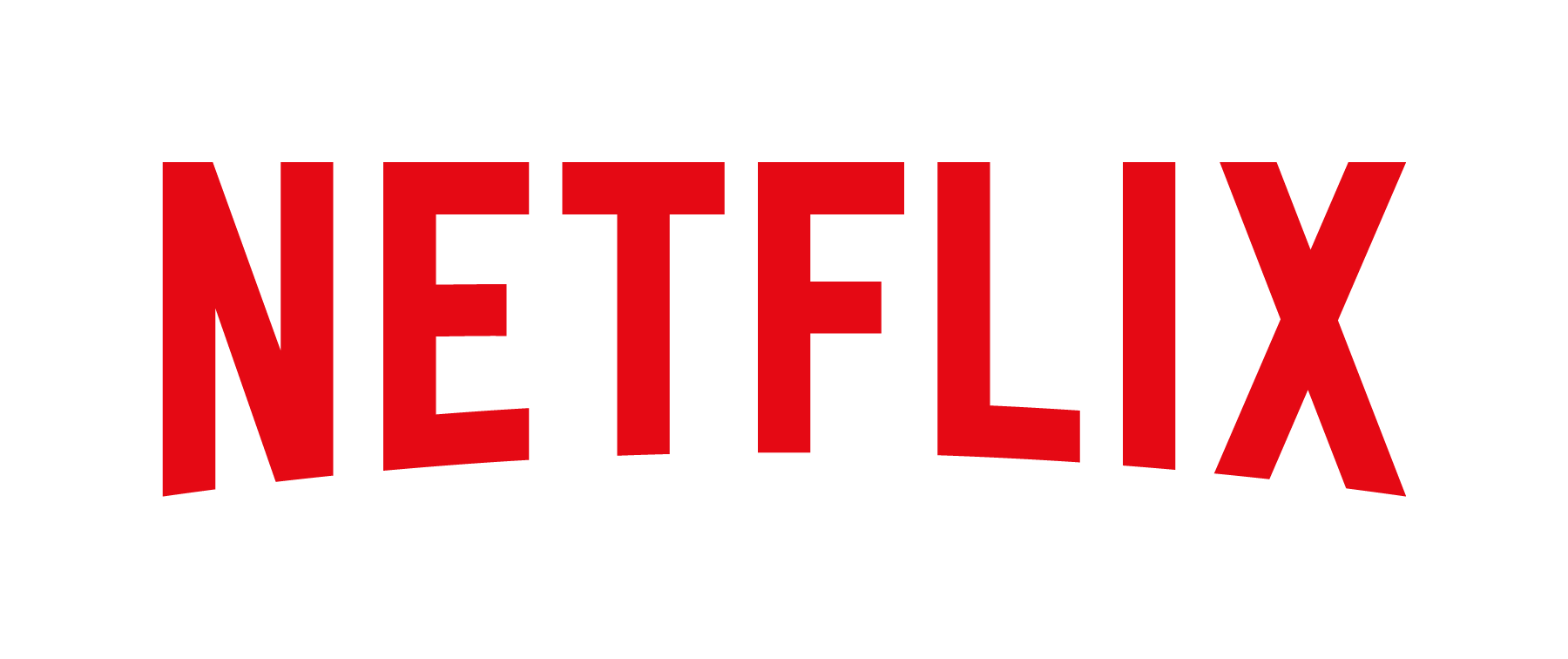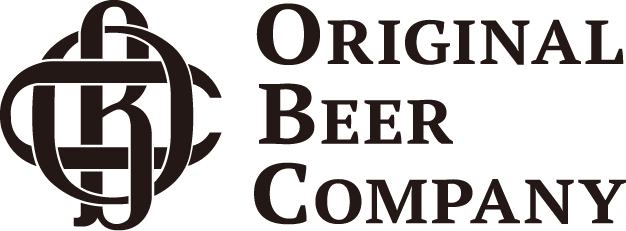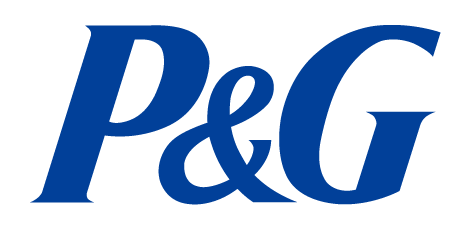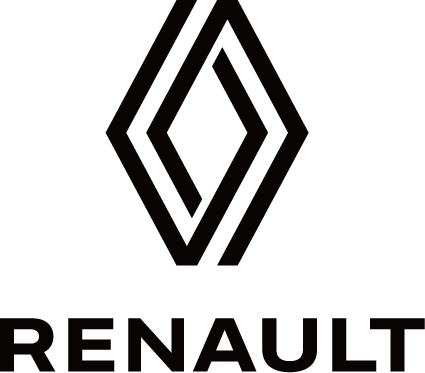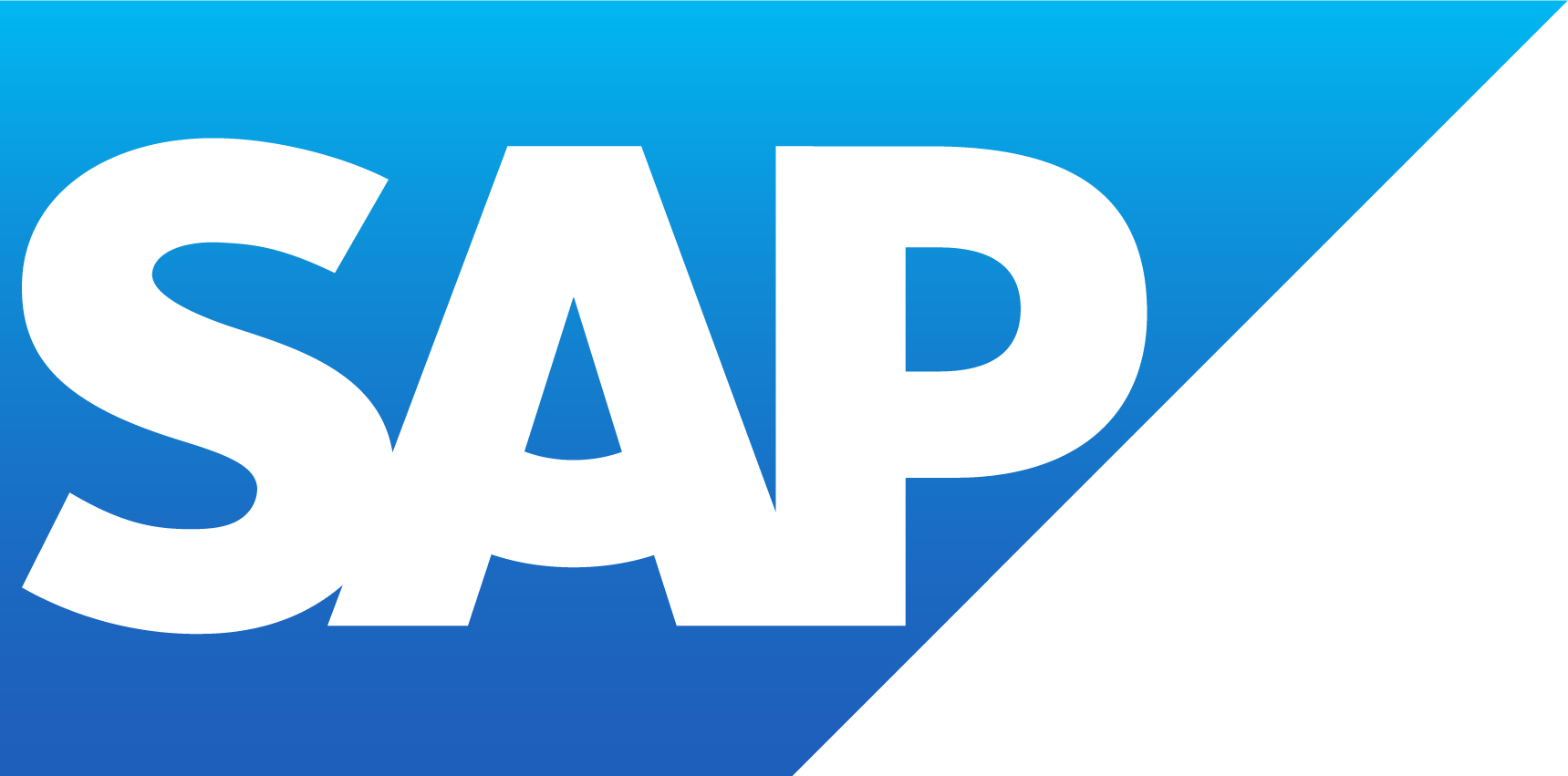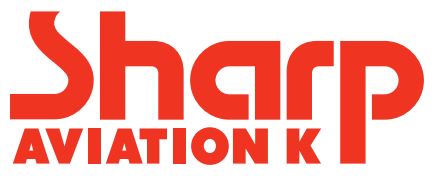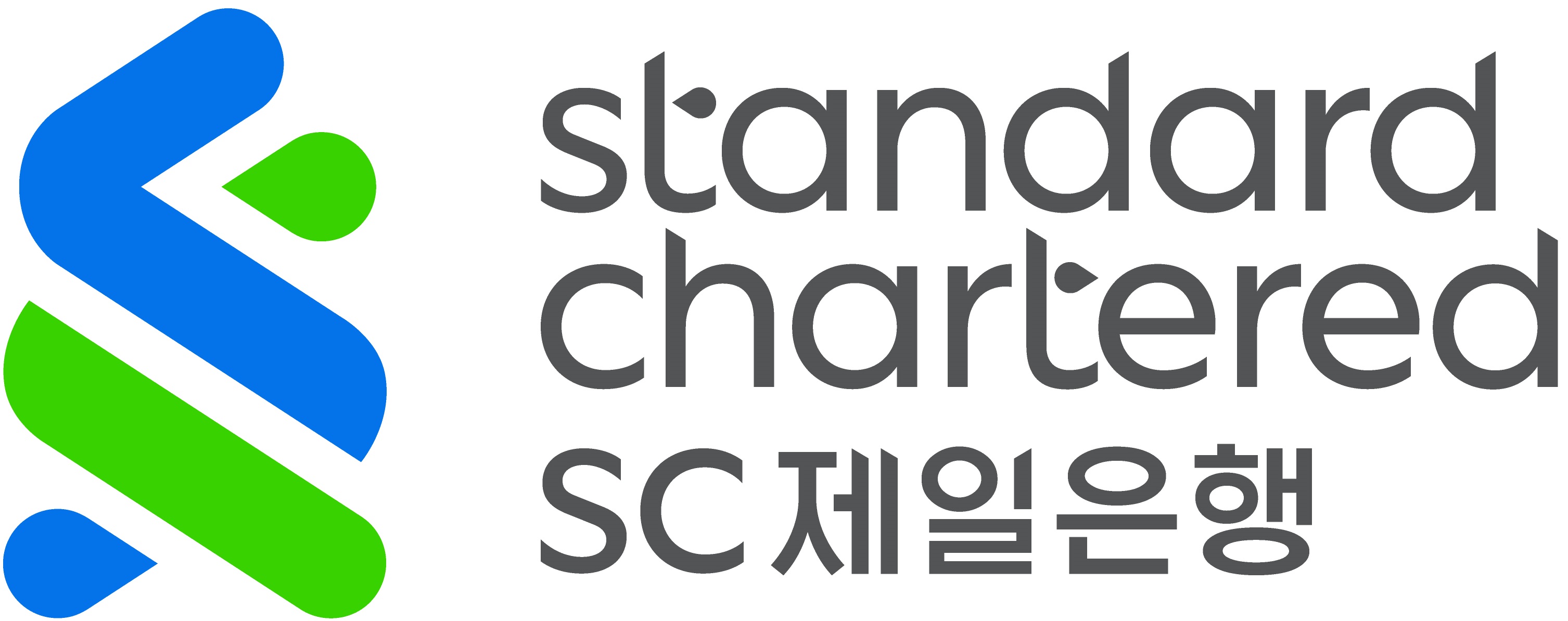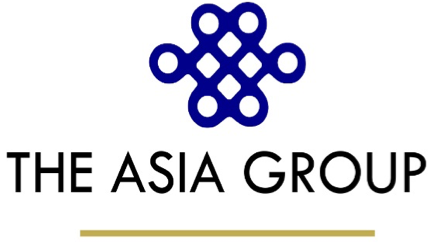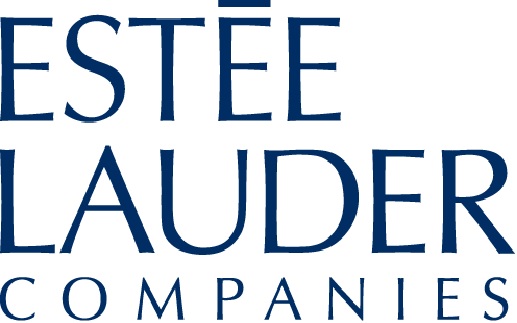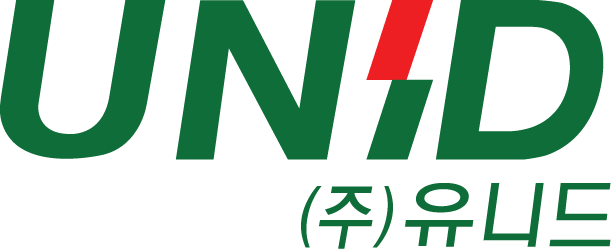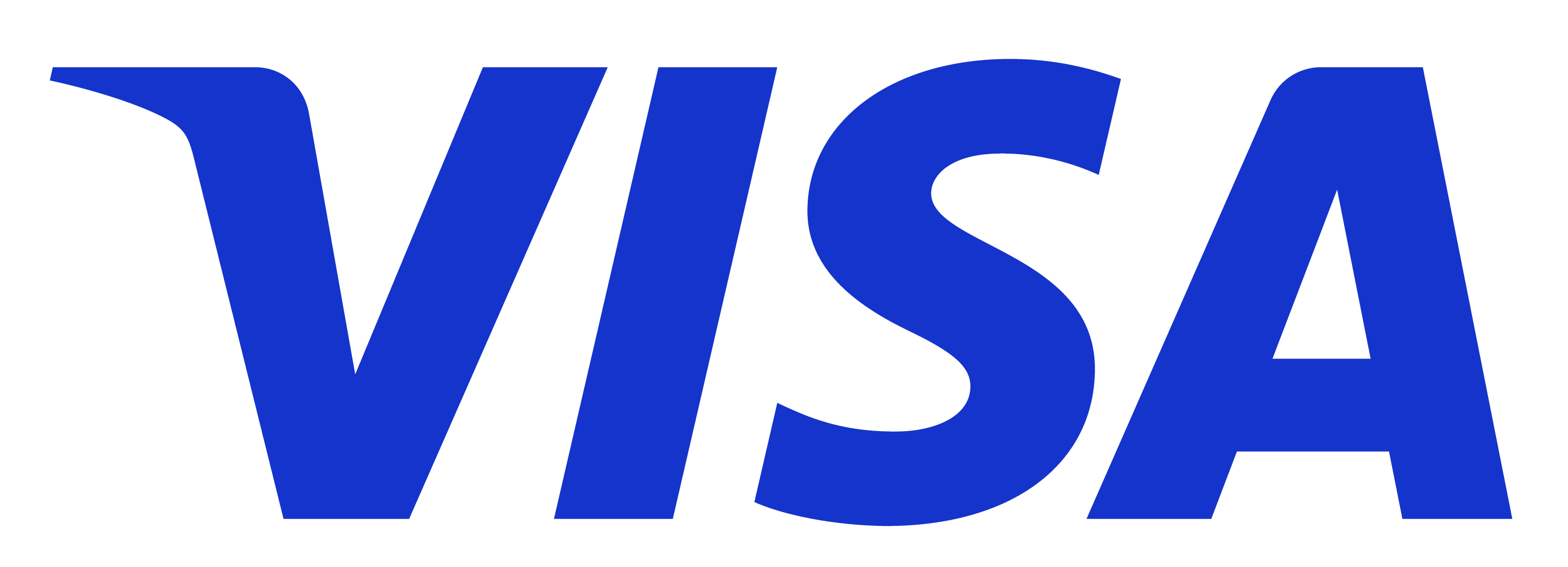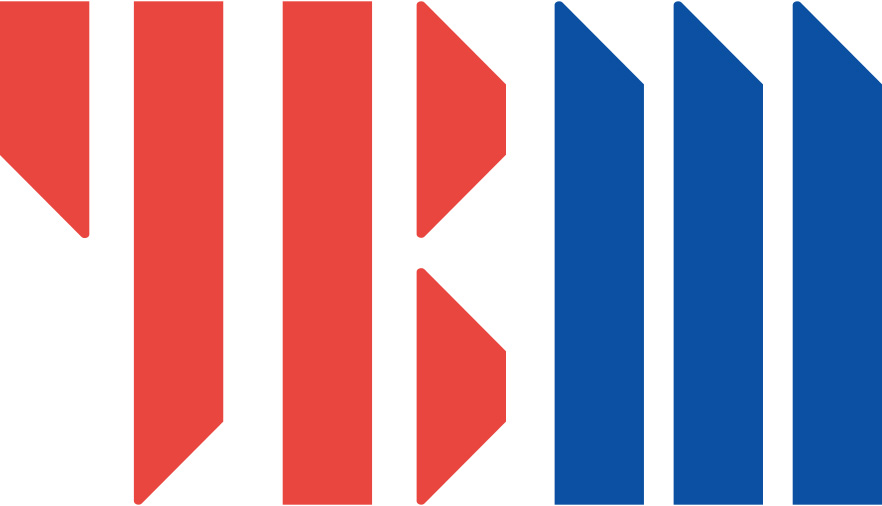LG
Energy Solution posts 152% growth in profit on upbeat US sales
By
Byun Hye-jin, The Korea Herald - LG Energy Solution said Friday its operating
profit in the second quarter surged 152 percent on-year to 492.2 billion won
(357 million), predominantly led by stable demand for electric vehicles and
energy storage systems in the North American market.
According
to the company’s earnings report, it achieved profitability for the first time
in six quarters, excluding financial benefits from the Advanced Manufacturing
Production Credit under the US Inflation Reduction Act (IRA). However, sales
revenue declined by 9.7 percent, amounting to 5.6 trillion won.
This
decline was primarily due to decreased purchases from automakers outside of
North America, resulting from increased policy volatility, particularly
concerning US tariffs.
“As
North America and Europe both focus on expanding their domestic battery supply
chains and domestic production, preference for battery companies capable of
local supply and stable operations — such as LG Energy Solution — is expected
to increase significantly,” said Kim Chang-sil, chief financial officer of LG
Energy Solution, during a conference call earlier in the day.
Highlighting
its first-mover initiative in establishing the first ESS battery production
site in North America, Kim noted that the company looks to offset the slowdown
in EV battery sales with ESS products. This focus is on the fast-growing North
American power grid market, with an emphasis on artificial intelligence data
centers.
In
May, LG Energy Solution began mass production of LFP-based long pouch cells for
ESS at its Michigan facility in the US. It has secured orders exceeding 50
gigawatt-hours from global energy firms, with joint ventures with global
carmakers prioritizing a portion of their capacity for ESS supply. Aiming to
reach 17 gigawatt-hours capacity by the end of this year, the battery-maker
will expand to 30 gigawatt-hours by 2026 by converting EV production lines to
ESS lines.
Addressing
the enactment of the One Big Beautiful Bills Act by the Trump administration
earlier this month, LG Energy Solution believes that the North American EV
market may experience a temporary demand slowdown. However, the new “prohibited
foreign entity” regulations, which restrict energy companies influenced by
Chinese firms from receiving tax credits when investing in the US, could partly
benefit the company.
“The
new PFE procurement requirements are more relaxed than the foreign entity of
concern requirements under the IRA, offering an opportunity to optimize our US
supply chain,” said Lee Yeon-hee, head of the business strategy division at LG
Energy Solution.
“A
certain percentage can be sourced from PFEs, and as PFE restrictions are
limited to direct material costs, we can leverage more cost-effective supply
chains for some materials.”
LG
Energy Solution also plans to accelerate the launch of battery cells for
rapidly emerging low-cost EVs.
To
target the expanding European market for mid- to low-priced EVs, the company is
preparing to mass-produce high-voltage mid-nickel and lithium iron phosphate
cells at its Poland plant. Notably, LFP products are set to boost
cost-competitiveness by incorporating advanced manufacturing methods, including
a solvent-free dry electrode process and fast-charging technologies.
For
the North American market, LG Energy Solution is collaborating with General
Motors to develop lithium manganese-rich prismatic cells for their
next-generation EVs in 2028. These products offer similar costs to LFP while
delivering over 30 percent higher energy density. Upon reaching mass
production, the LMR batteries are being reviewed for the phase 2 joint venture
in Tennessee. The existing nickel, manganese and cobalt batteries will be
exclusively manufactured in the phase 1 joint venture in Ohio.
Source:
https://www.koreaherald.com/article/10540012





